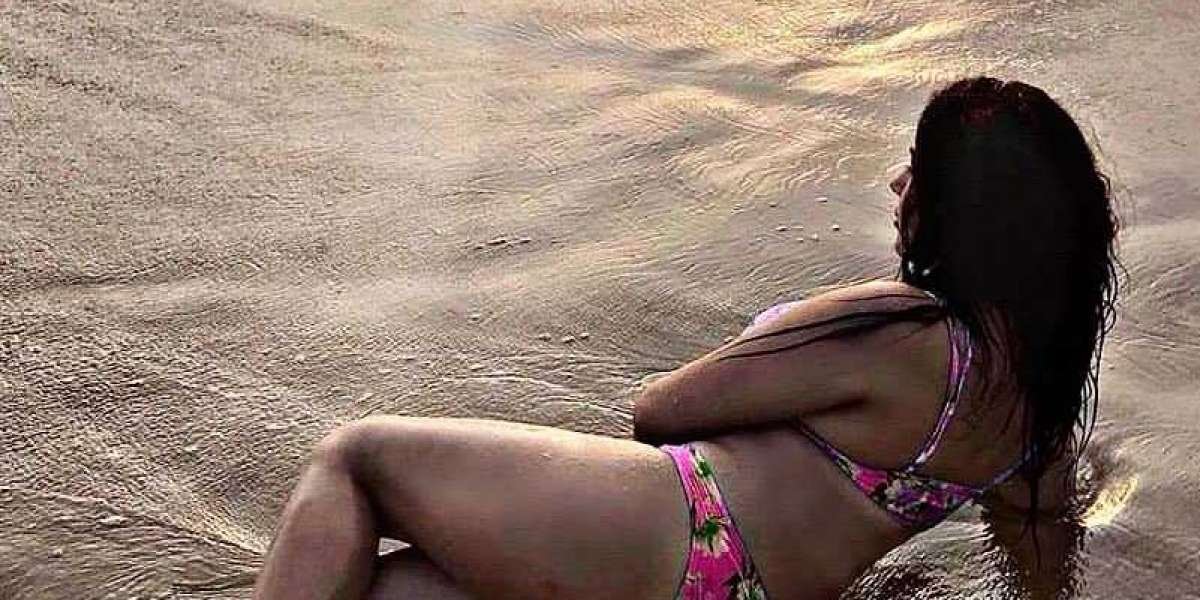While most homeowners will naturally want to know how much energy each 400-watt solar panel they install on their homes will produce, the answer is a bit complicated.
The rating on your PV module in wattage tells you the maximum amount of energy it can generate with full, intense sunlight. This measurement of power output is called the Standard Test Condition (STC).
However, in reality, there are many factors that affect the 400w solar panels efficiency and power production. Some of the factors that affect your production are shown below:
The direction your panels face
The intensity of the sunlight that hits the panels
The hours of daylight in your area
The weather, including the average number of cloudy days per year
Shading on your property from trees or nearby buildings
The brand of the panel you choose and its maximum efficiency
The age of your panel, as they lose efficiency over time
For a baseline production, you can use the calculation belows, but remember that this estimate can change drastically based on the factors above:
Your Daily Watt-Hours per Panel = [average hours of sunlight] x [solar panel wattage] x [75% maximum power production to account for changing weather conditions and lower sun intensity in the morning and afternoon]
Your Daily Kilowatt-Hours (kWh) per Panel = [your daily watt-hours] / 1,000
If we assume that your area receives eight hours of sunlight every day, we can use the above equation to calculate how much power each 400-watt panel on your property will produce on a daily basis.
[8 hours of sunlight] x [400 watts] x 75% = 2,400 watts per day
[2,400 watts per day] / 1,000 = 2.4 kWh per day
Remember, this should be considered as maximum production, and the factors mentioned above can bring this number down significantly. If we assume maximum production, you’re looking at 2.4 kWh of energy production every day, which equates to 876 kWh per year per 400-watt panel.
This is often a good place to start when deciding how many panels you need for your project. If your home consumes the national average of 10,715 kWh per year, for example, you’d need 13 400-watt panels to power your home. The calculation below explains why.
[10,715 kWh of energy needed] / [876 kWh of production per panel] = 12.23 panels, which gets rounded up to 13 panels
Depending on the voltage required, 400w solar panels can run most of the smaller electronics and electric devices in your home.
As mentioned above, there are quite a few things that affect the power output of your solar panels. One of the most important factors is the amount of sunlight that hits them each day. You’ll need to take into consideration things like the shading on your property from trees or buildings, the number of sunlight hours you receive per day, and the weather.
Also important is solar irradiance, which is a measurement of how intense the sunlight is in your area, as this can have a major impact on solar energy production.
The brand of your panels and the rated efficiency also matter, as does the age. Panels gradually lose efficiency as they age, and different brands will start at different levels of efficiency and lose efficiency at different rates.
Finally, the direction your panels face — south is the best direction for panels in the U.S., by far — will affect your level of solar energy production.







